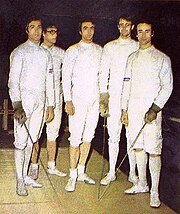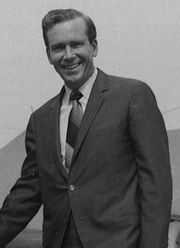Design
Design
Personality
Chart Properties
Your Cross represents the specific theme of your life. This cross embodies your unique potential & the lessons you're here to learn, providing a roadmap to fulfilling your life purpose.
We use the UTC birth time and date to do the calculations required to generate your Human Design chart.
Buy Tokens
Pay as you use, no expiry and no subscription required.Prompt Ideas
Get inspired with some epic prompt ideas.Marco van Basten's Biography
Dutch football manager and former football player, who played for Ajax and Milan, as well as the Dutch national team, in the 1980s and early 1990s. He is regarded as one of the greatest forwards of all time and has scored 277 goals in a high-profile career, but played his last game in 1993 at the age of 28 due to an injury which caused his retirement two years later. He was later the head coach of Ajax and the Dutch national team.
AFC Ajax signed Van Basten for the 1981–82 season. He played his first game for Ajax in April 1982, scoring a debut goal in the 5–0 victory over NEC.
In the 1982–83 season, he competed with the European top scorer Wim Kieft for the position of centre forward, and scored nine goals in 20 league matches. After Kieft left for Serie A club Pisa the next season, Van Basten solidified his position as the team’s main attacker.
He became a top scorer in the league for four seasons from 1983–84 to 1986–87, scoring 117 goals in 112 matches. In the 1985–86 season, he scored 37 goals in 26 league matches, including six goals against Sparta Rotterdam and five against Heracles Almelo, and won the European Golden Boot. He also scored the winning goal in the UEFA Cup Winners’ Cup final against Lokomotive Leipzig in 1987.
In 1987, Silvio Berlusconi signed Van Basten for Milan, with fellow countrymen Ruud Gullit and Frank Rijkaard joining in 1988. In his first season, Milan won their first Scudetto in eight years, but Van Basten played only 11 games and was constantly troubled by an ankle injury.
In 1988–89, Van Basten won the Ballon d’Or as Europe’s top footballer. He scored 19 goals in Serie A and scored two goals in the final of the European Cup as Milan triumphed against Steaua Bucure?ti.
In 1989–90, he became Capocannoniere, Serie A’s leading goal scorer, and Milan successfully defended the European Cup after beating Benfica in the final match.
Van Basten officially left Milan in 1995 and retired from football, stating he would never try management. However, he changed his mind and took a course with the Royal Dutch Football Association (KNVB). His first stint as a manager was as an assistant to his former teammate John van ‘t Schip with the second team of Ajax in 2003–04.
On 29 July 2004, Van Basten was named the new manager of the Dutch national team, with van ‘t Schip as his assistant. As a manager, he soon established himself as a man of strong principles. Van Basten famously dropped regulars like Clarence Seedorf, Patrick Kluivert, Edgar Davids and Roy Makaay and benched Mark van Bommel, because he believed that they were either past their prime or constantly underachieving. His last tournament as national coach was the UEFA Euro 2008. Van Basten became trainer of Ajax after Euro 2008 but resigned on 6 May 2009 after his team failed to qualify for the UEFA Champions League. After this, Van Basten became a pundit for Sport1, but was still planning to return as a manager.
Link to Wikipedia biography
Marco van Basten
Your Cross represents the specific theme of your life. This cross embodies your unique potential & the lessons you're here to learn, providing a roadmap to fulfilling your life purpose.
We use the UTC birth time and date to do the calculations required to generate your Human Design chart.






